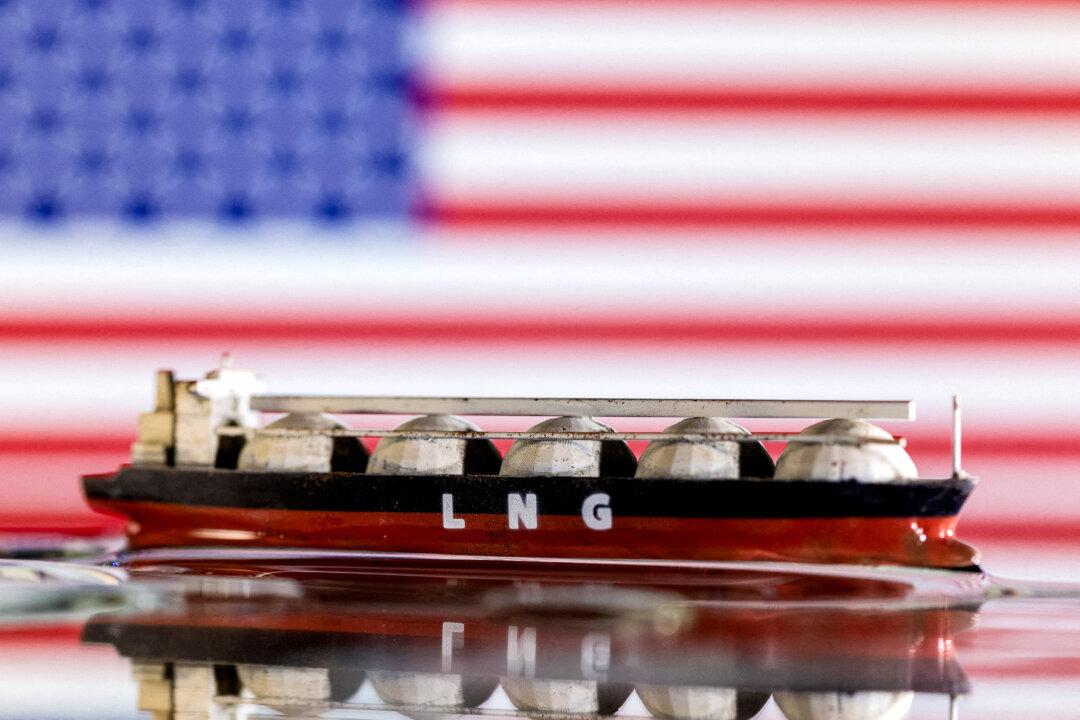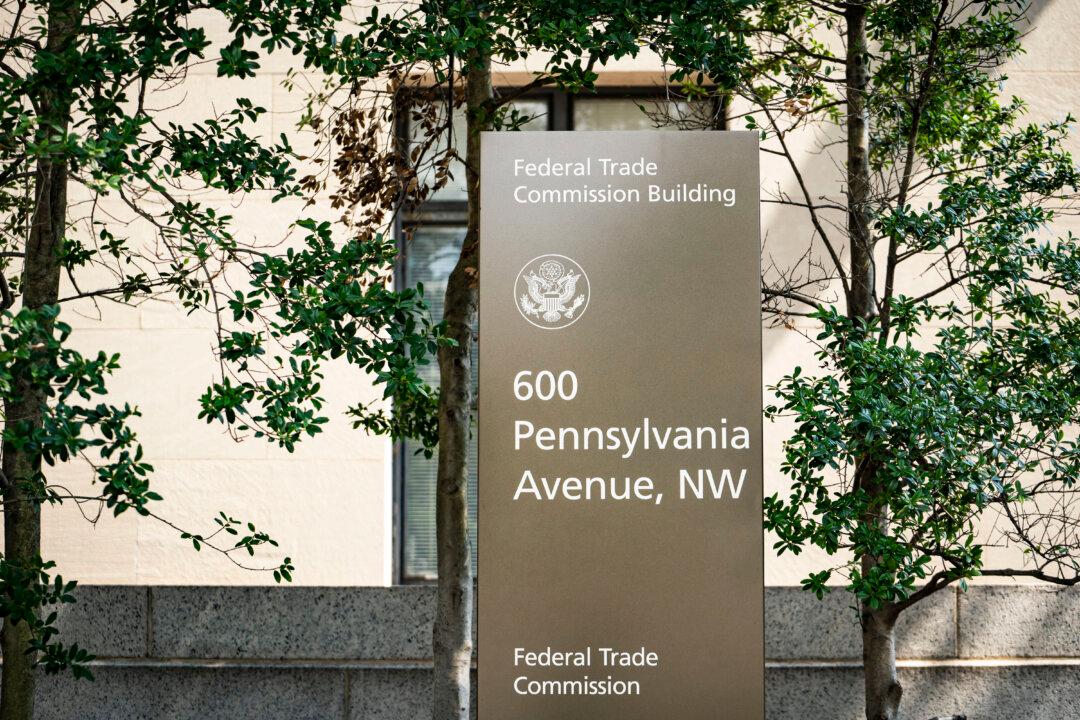The Department of Energy (DOE) revoked on Jan. 21 a Biden-era regulation that restricted LNG exports, paving the way for capacity additions in the sector and strengthening the U.S. energy industry.
In January 2024, the federal government temporarily paused the approval of LNG exports to nations without a free trade agreement with the United States. At the time, the administration cited issues such as the effects of LNG exports on greenhouse gas emissions and rising energy costs for Americans as reasons for the pause.
With the reversal in policy, the Office of Fossil Energy and Carbon Management has been directed to resume the consideration of pending export applications. The agency’s decision follows the direction laid out by President Donald Trump in his “Unleashing American Energy” executive order, signed on his first day in office.
The Biden administration’s moratorium on exports had negatively affected several American LNG projects, including those in Texas and Louisiana. These projects are now in a better position to move forward, potentially adding another 100 million metric tons per annum (MTPA) to U.S. export capacity.
The United States is already the world’s largest LNG exporter and has shipped 88.3 million metric tons of superchilled gas in 2024. This year alone, three new plants should add nearly 50 MTPA to U.S. capacity.
Before the Biden administration halted new permit approvals, the government had already given the green light to projects that would increase U.S. LNG capacity to 200 MPTA from about 90 MTPA. Those projects were not affected by the moratorium.
New permits issued by the new government would likely increase export capacity from 2030 onward because it takes several years to build LNG plants.
LNG is used residentially for cooking, heating, and generating electricity. Commercially, it is used for manufacturing paints and fertilizers.
Judge James Cain Jr., of the U.S. District Court for the Western District of Louisiana, who issued the injunction, observed that in Louisiana, the LNG market added $4.4 billion per year to the economy and accounted for 18,000 jobs.
If pending projects were canceled as a result of the LNG pause, Louisiana stood to suffer harm, the judge said, calling the DOE decision “completely without reason or logic.”
Benefitting America
Gillian Giannetti, senior attorney at environmental advocacy Natural Resources Defense Council, criticized Trump’s decision to allow more LNG export approvals, calling the move “deeply misguided.”“Expanding LNG production deepens our reliance on fossil fuels at a time when we urgently need to transition to clean energy,” Giannetti said. “LNG operations contribute to dangerous climate pollution, harm public health, and increase energy costs for American families—all while locking communities near those facilities into decades of environmental and economic risks.”
Trump’s decision was welcomed by Charlie Riedl, executive director of the Center for LNG, who said that LNG exports are a “vital geopolitical tool” that helps balance the country’s trade deficits.
The exports also reduce global emissions and ensure the energy security of U.S. allies, he said.
“We will work with the Trump administration to counter the negative impacts of the pause and return to normal order,” Riedl said.

Asia’s demand growth and the United States’ ability to meet it were “contingent” on the lifting of the LNG pause and on the availability of supply in the coming decades, according to Everingham.
“Today’s issuing by President Trump of an order to resume processing of LNG export approvals will enable key projects to proceed and give decision and policy makers in Asia the certainty they require to make long-term decisions about energy,” he said. “Emerging economies in Asia seek to switch out high-emitting coal use for more gas-fired power as they pursue sensible and well-planned growth in renewable energy sources. The resumption of LNG export approvals in the US will help make this a reality.”
“It is thus in the national interest to unleash America’s affordable and reliable energy and natural resources,“ the order reads. ”This will restore American prosperity.”







